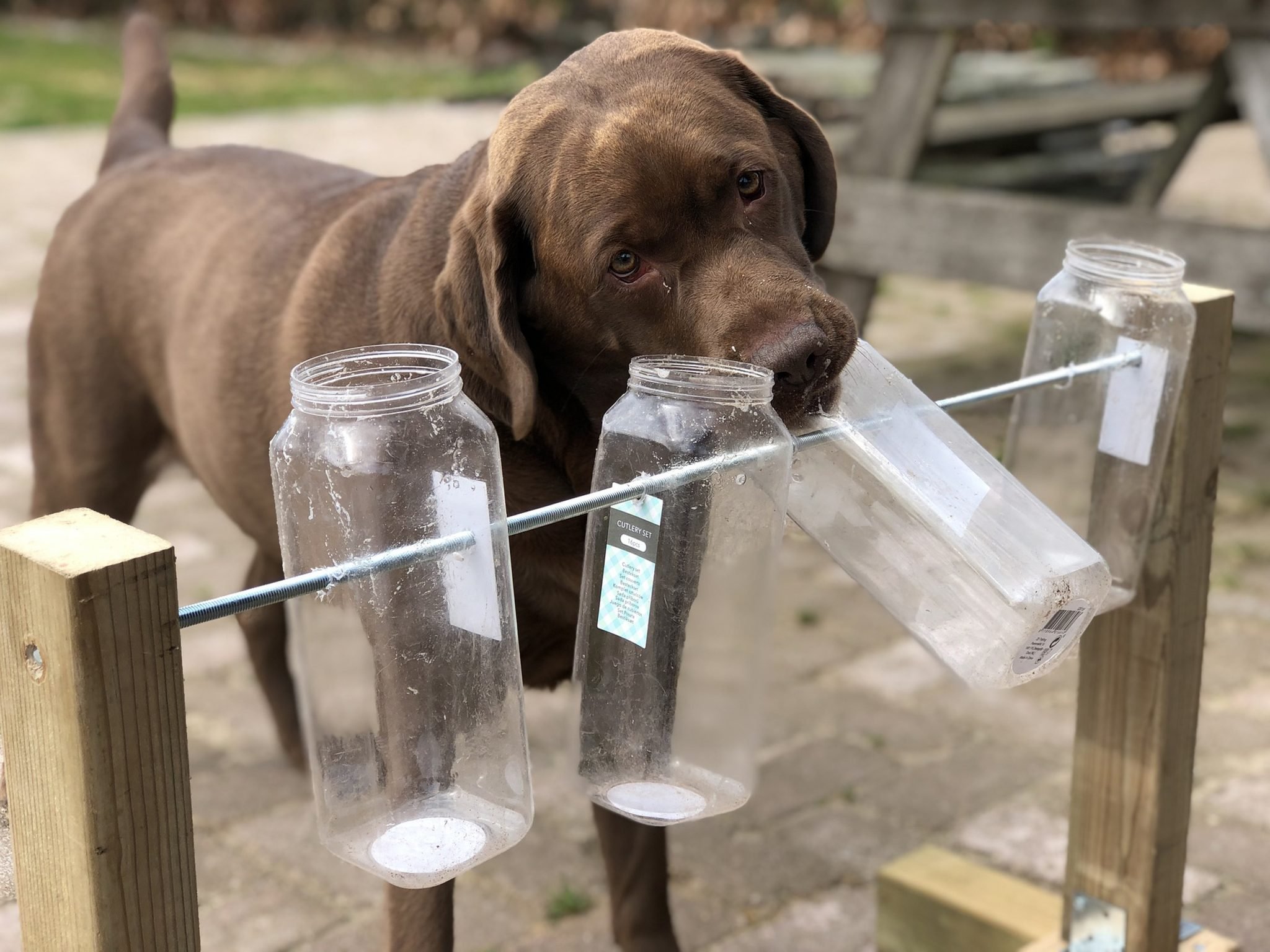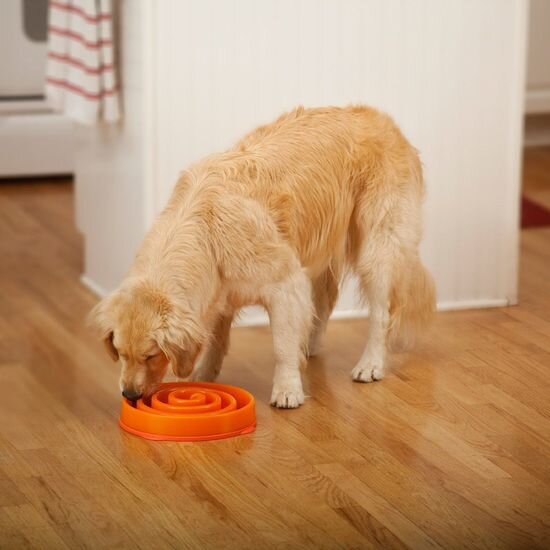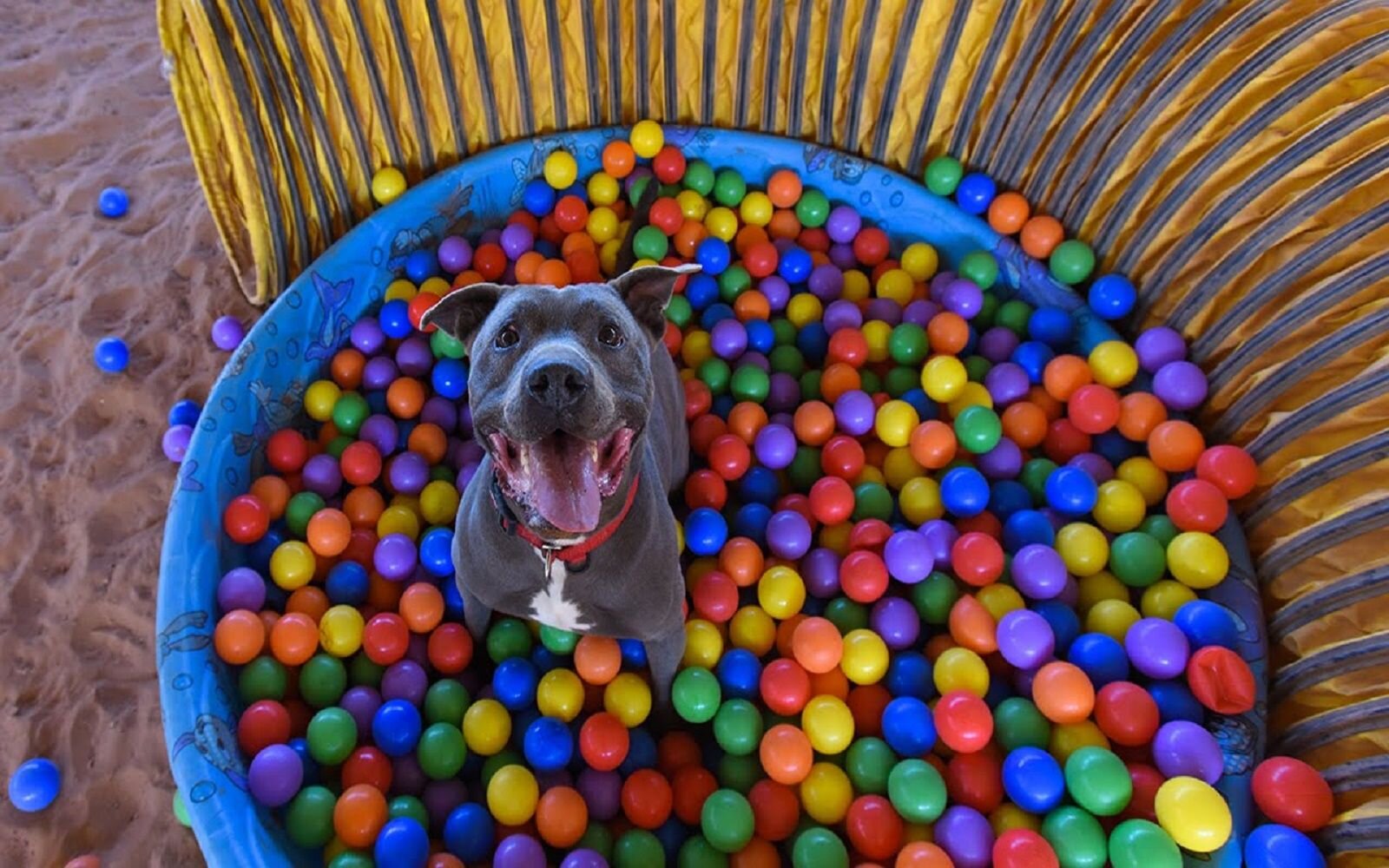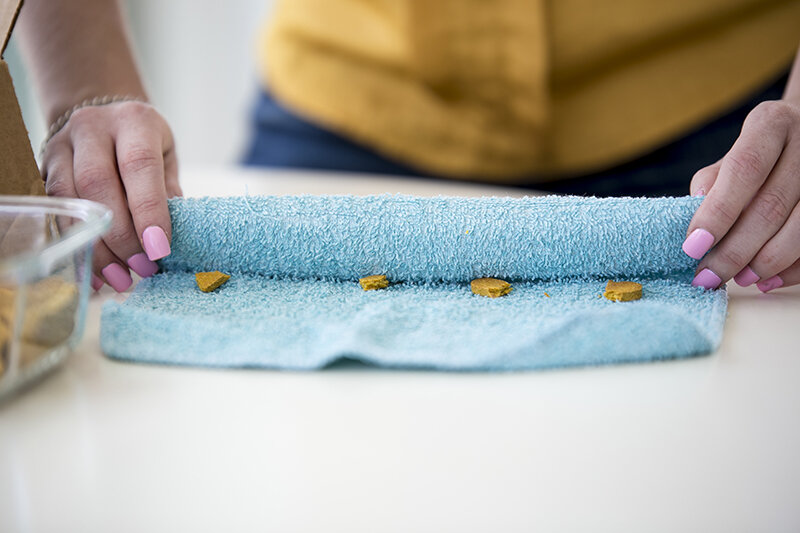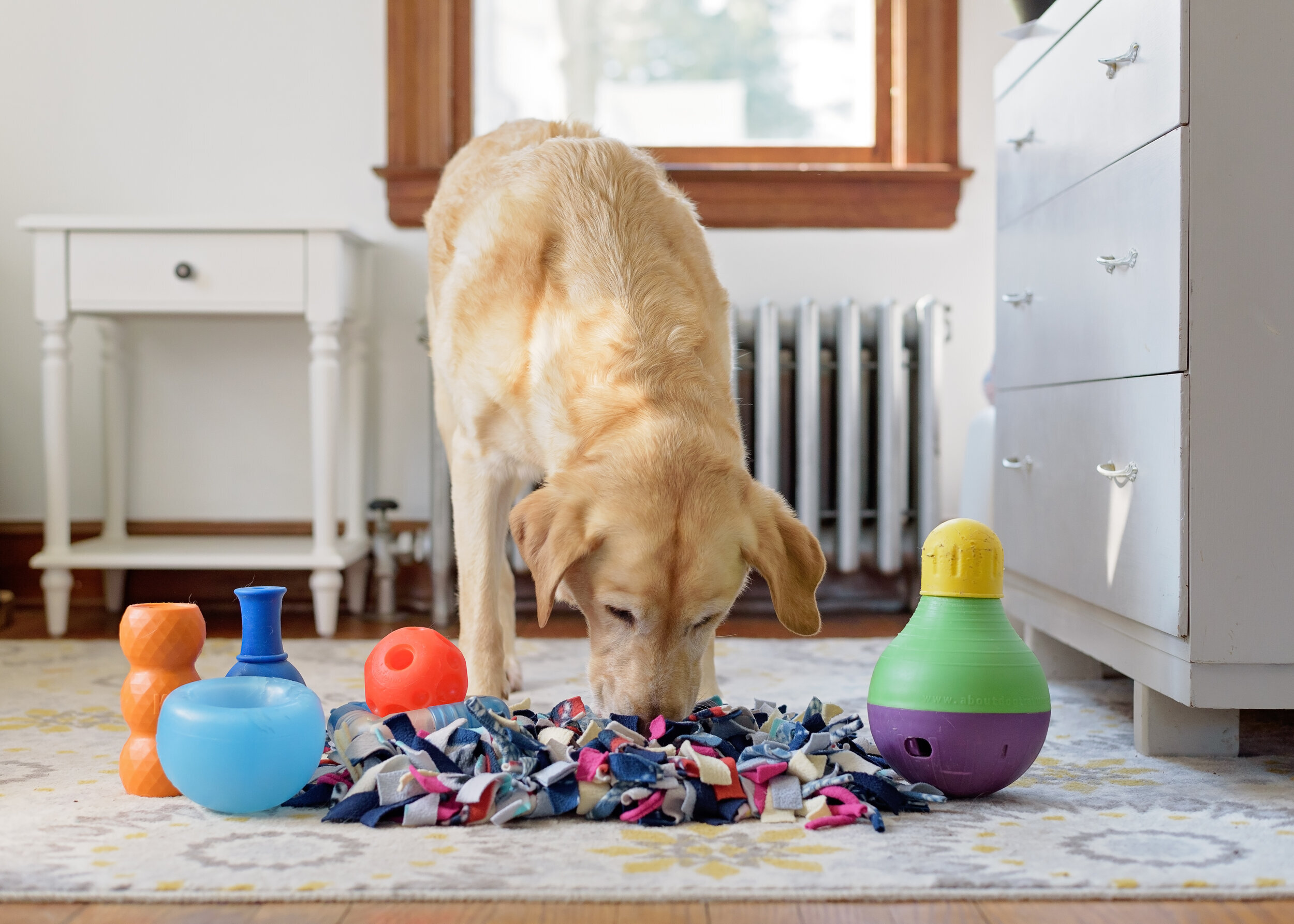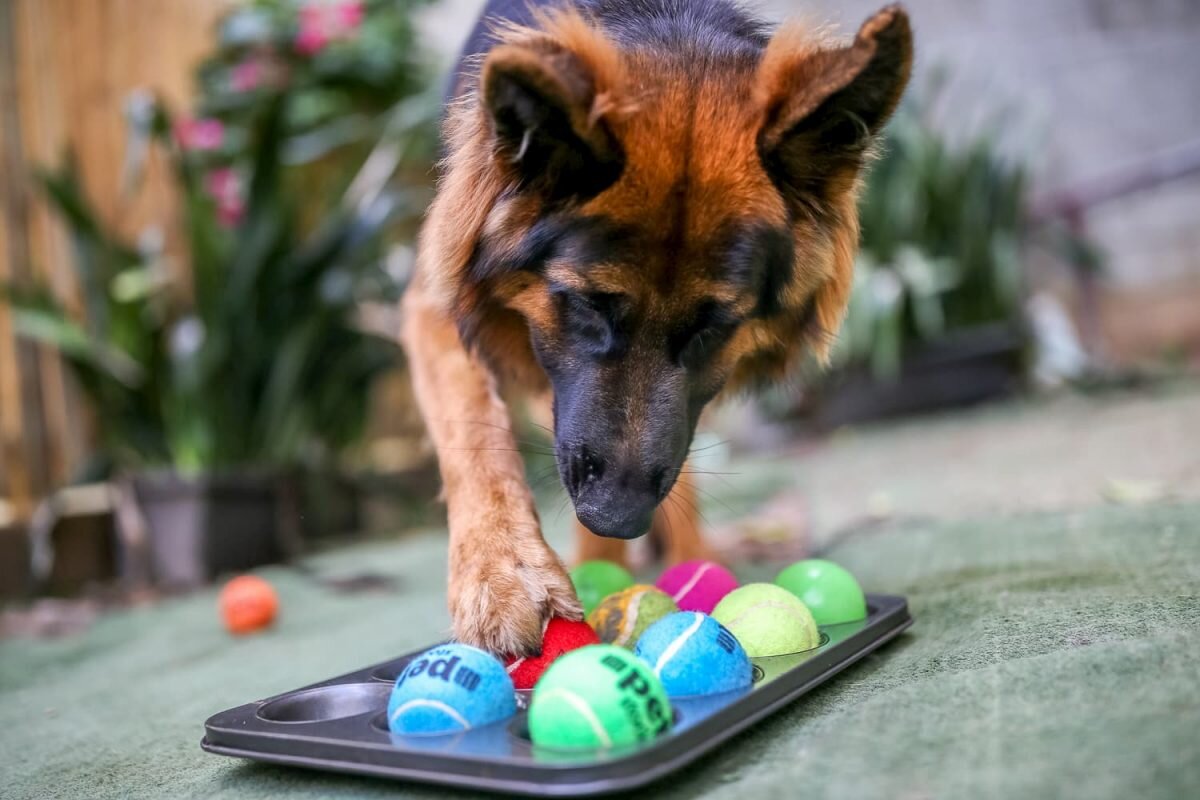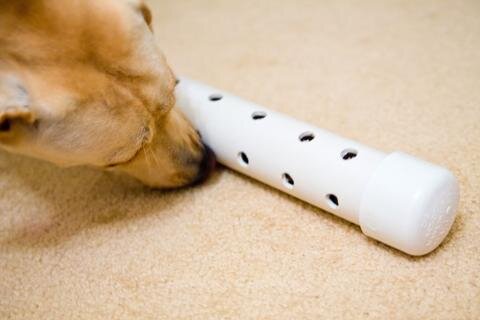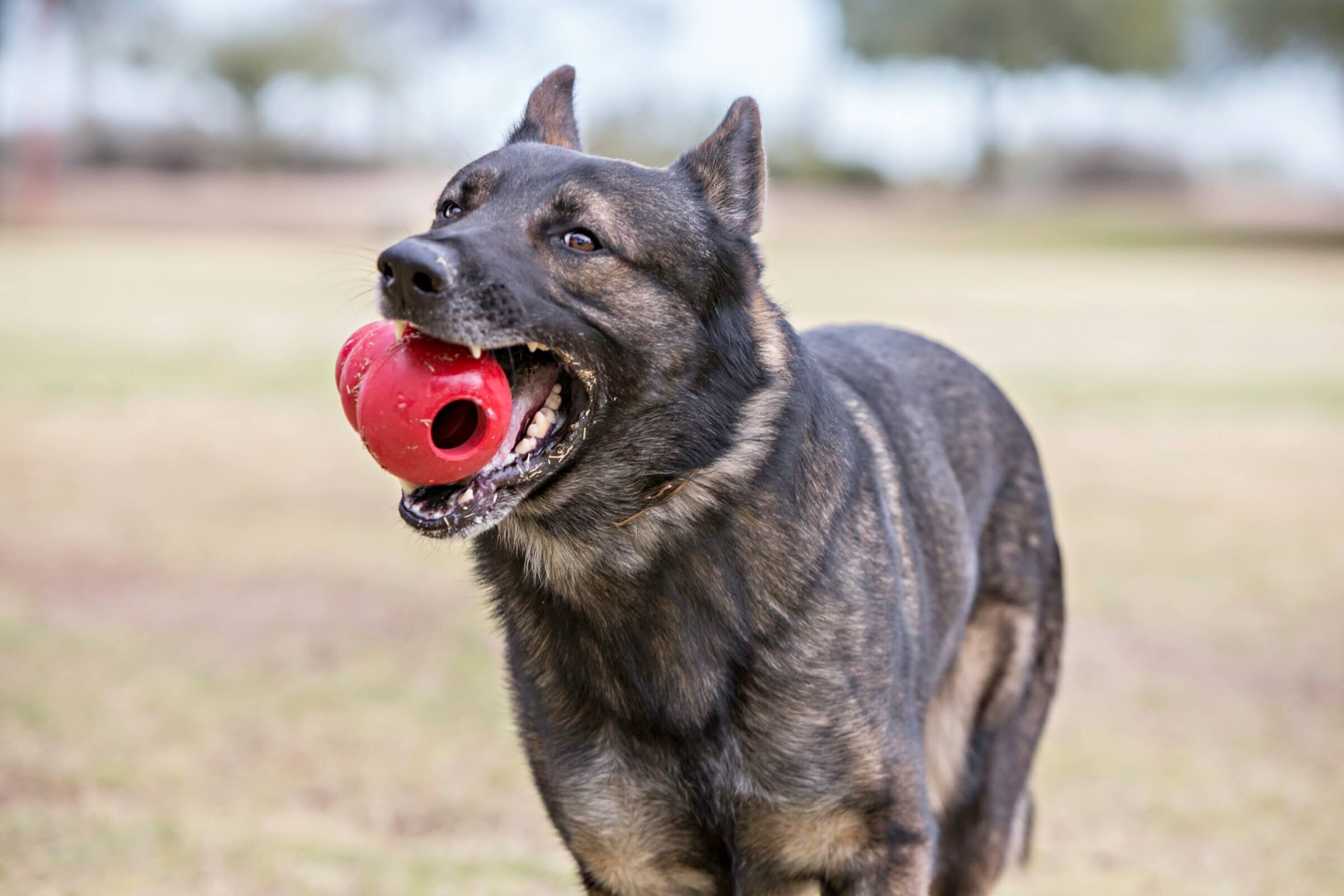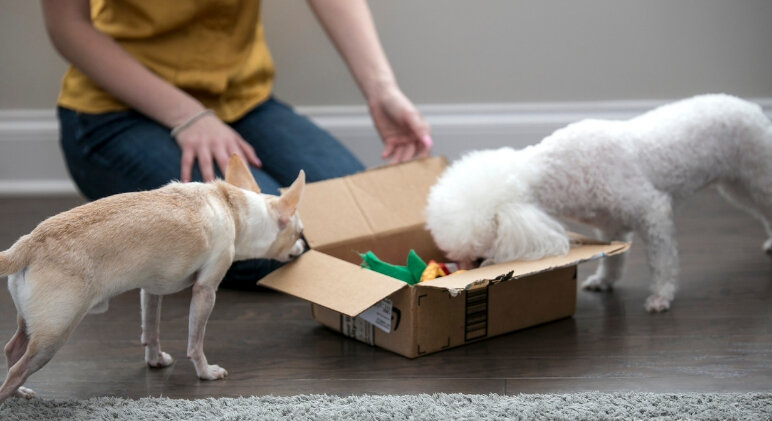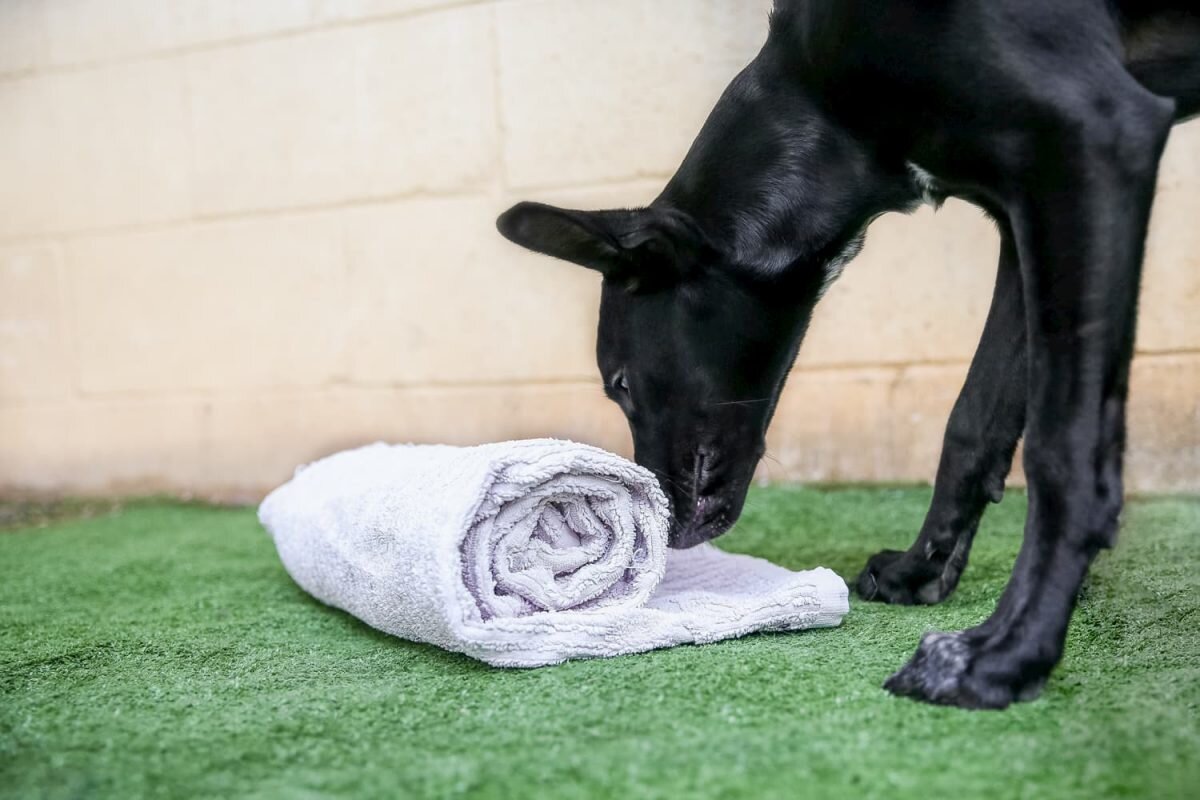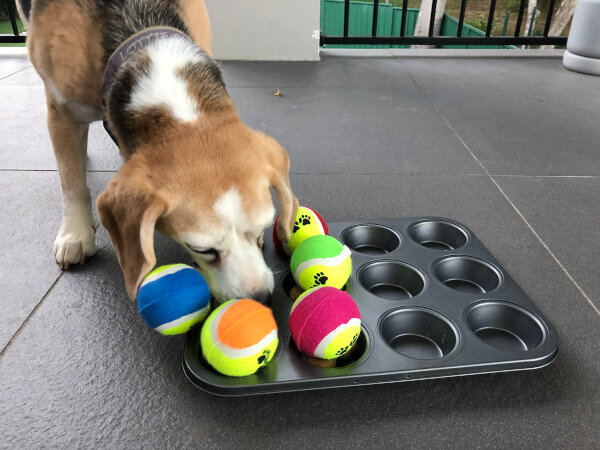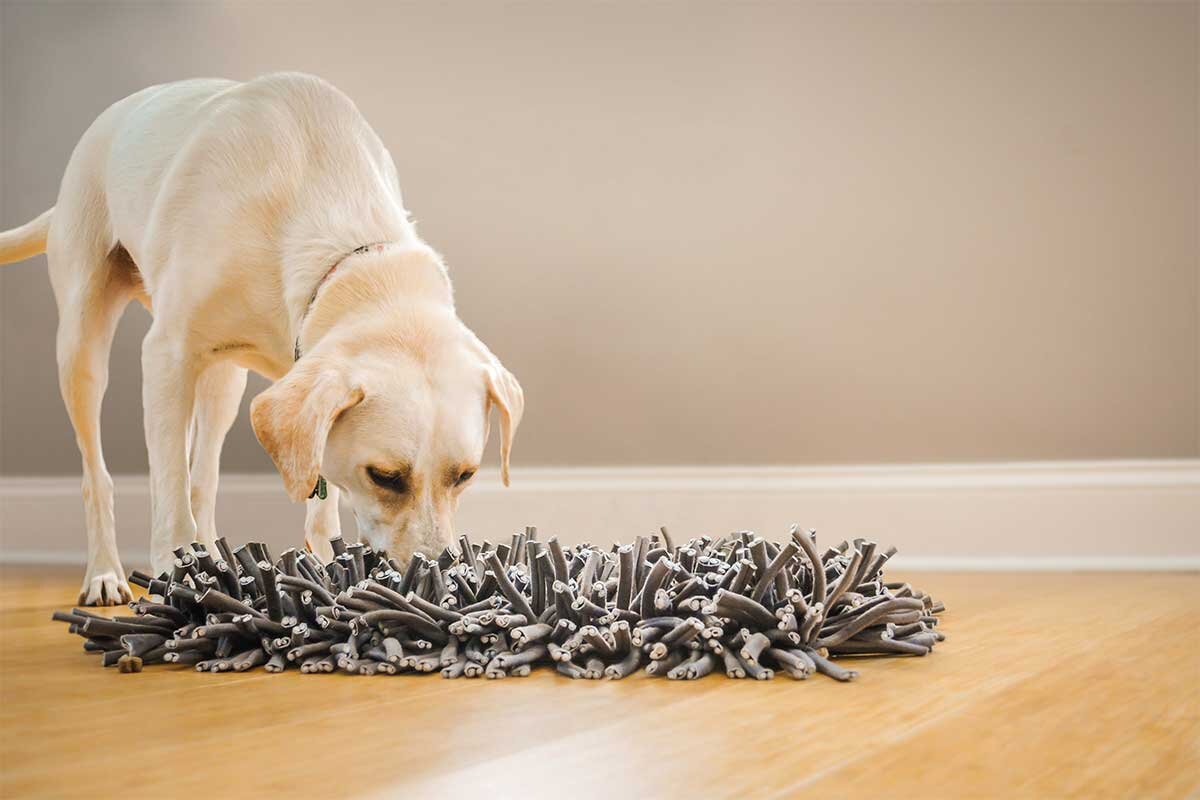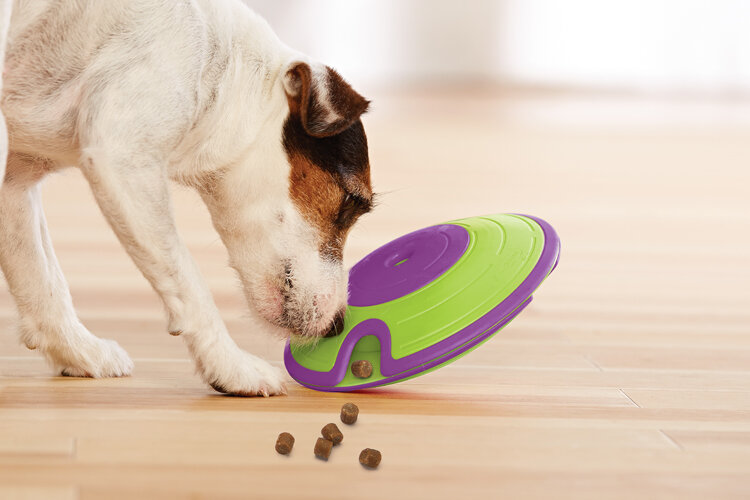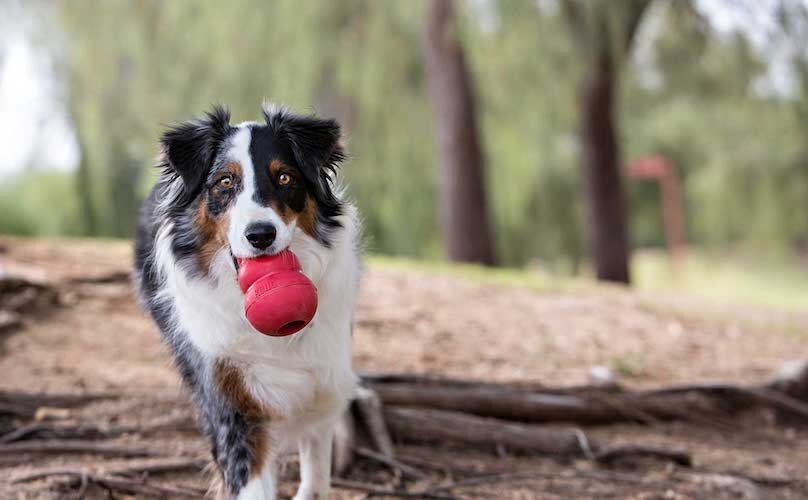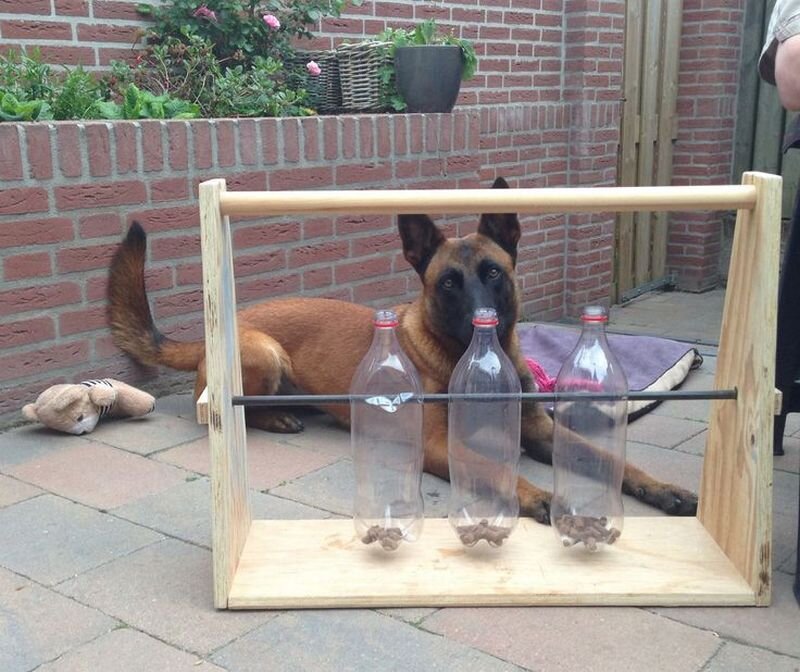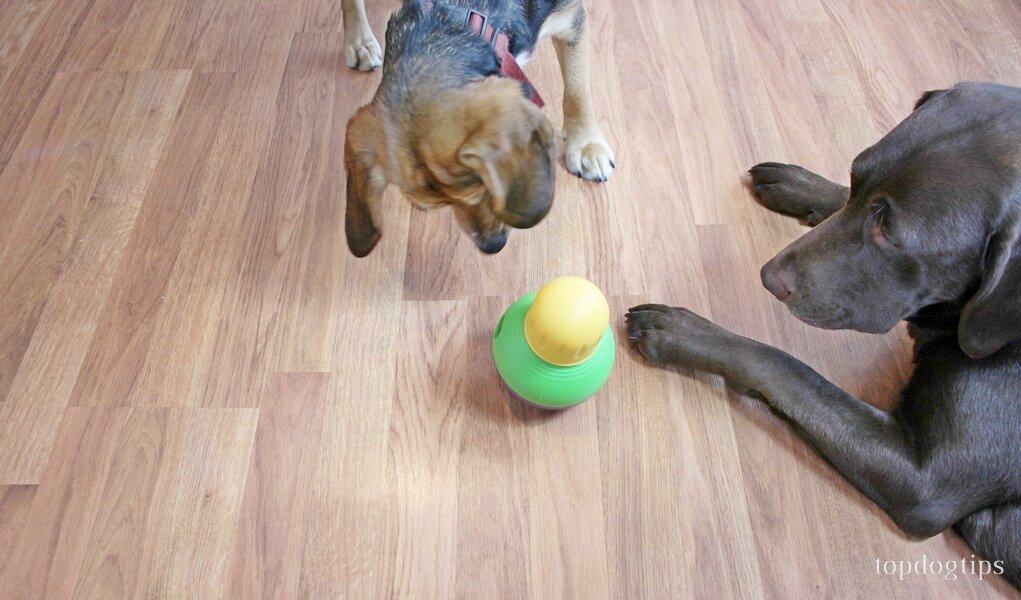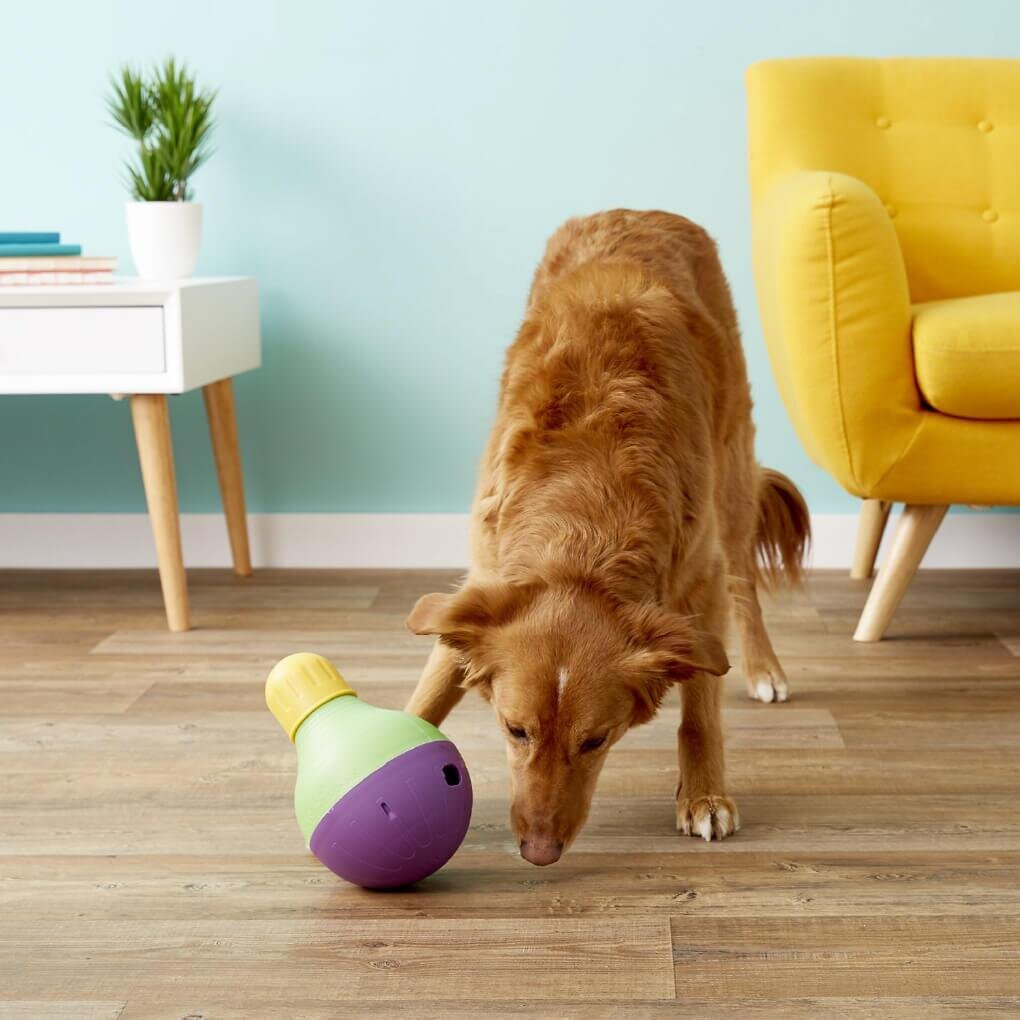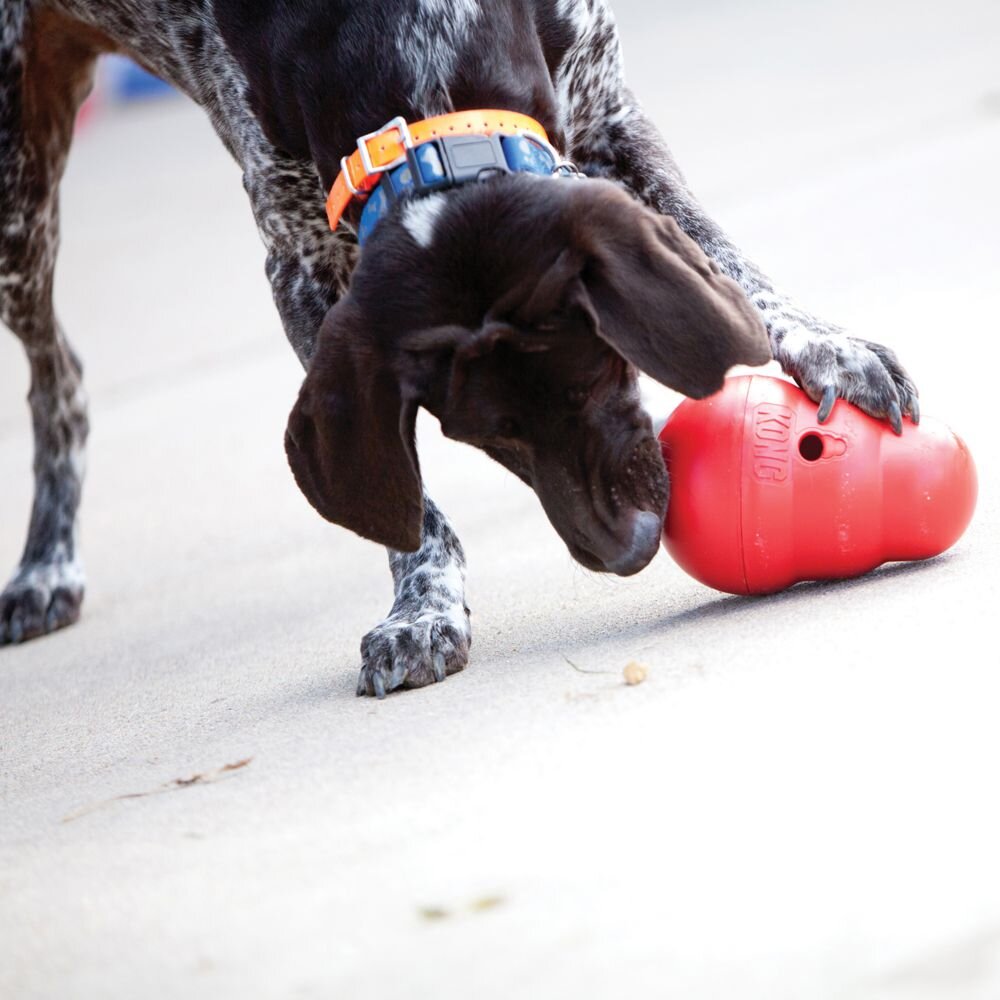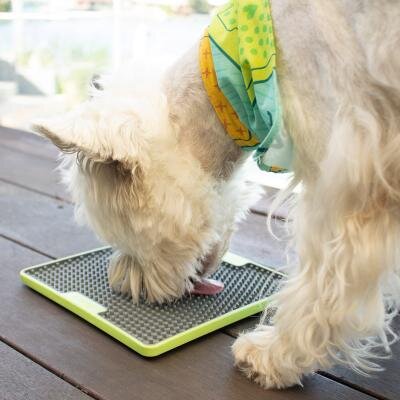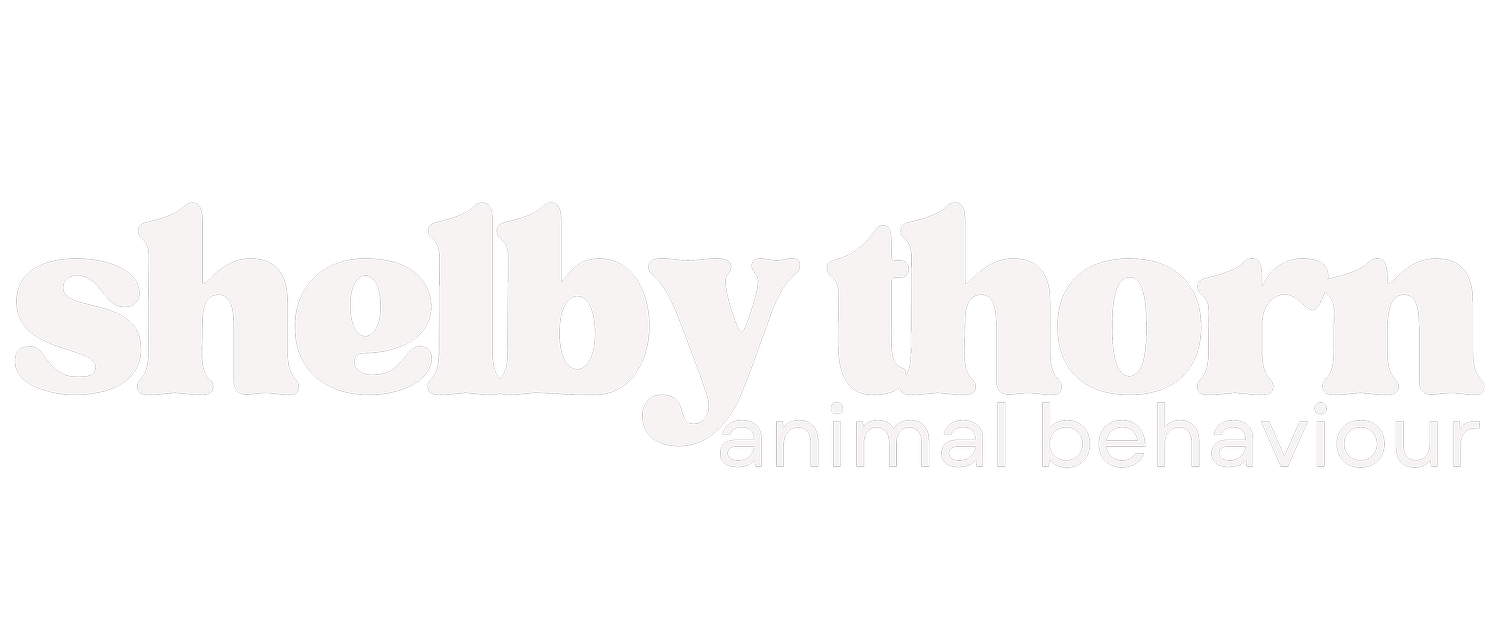Feed the Mind: A Guide to Dog Enrichment
Enrichment for dogs is grounded in the science of their natural instincts and cognitive development. Dogs, like many animals, are wired to seek out challenges and mental stimulation. In the wild, dogs would use their senses to hunt for food, solve problems, and navigate their environment. When we offer enrichment activities, we mimic opportunities for them to display these natural behaviours, encouraging them to think, explore, and problem-solve in a safe and structured way. This type of stimulation is crucial for a dog’s mental health and wellbeing. Without proper enrichment, dogs can experience boredom, anxiety, and even develop destructive behaviours like chewing or digging. Mental stimulation helps prevent these issues by providing an outlet for energy, reducing stress, and improving their overall mood. It’s more than just keeping them entertained—enrichment nurtures a dog’s mind and supports healthy brain function. Essentially, providing enrichment is about creating a fulfilling, engaging life that taps into their instincts, keeps them happy, and helps them thrive in a human-centered world.
Enrichment can also be used as a tool to manage undesirable behaviours. For example, if your dog is anxious or exhibits signs of separation distress, activities like scent work or using a puzzle feeder during your absence can provide a calming distraction and help encourage emotional regulation. Similarly, if your dog has a tendency to chew on inappropriate objects, providing chew toys or rotating their enrichment activities can focus their energy on something positive, preventing them from turning to your furniture or shoes.
Every dog needs enrichment in their lives for:
Endorphin production for positive emotions
Decreased destructive behaviours like digging, chewing, and excessive barking
Lower anxiety levels
Prevention of boredom and restlessness
Mental stimulation that offers an energy outlet
Encouragement of alternative, positive behaviours
Remember: Dogs Learn to Learn!
When you introduce enrichment for the first time, be patient! Your dog may need a little help figuring things out. Don’t worry if they don’t get it right away—learning is a process. It’s always a good idea to supervise your dog with new enrichment items to ensure safety and that the activity is appropriately sized and made from safe materials. Also, if you have multiple dogs, it’s important to supervise them during enrichment play to prevent any resource guarding and avoid accidents.
Here are some of my favorite enrichment activities that can make mealtime more exciting—and help your dog’s brain stay sharp!
Scatter Feeding
This one’s simple but fun! Take your dog's whole daily portion of food and scatter it around your backyard, encouraging them to sniff out the bits. To make it even more engaging, add a cue like “find” or “search” as you drop the food. Make sure your dog sees you scatter the food so they can make the connection. You can also use a clam pool filled with sand, tanbark, ball pit balls, or plastic bottles to create a dedicated area for their searching fun.
Kong Classic
The Kong Classic is a must-have! This durable rubber toy can be stuffed with kibble, raw food, peanut butter, or even canned food. Licking the food out of the Kong can keep your dog entertained for a long time. For an added challenge, freeze the Kong before giving it to your dog. If it’s your dog’s first time with a Kong, try adding the treat to the outside to help them get started.
Kong Wobbler
The Kong Wobbler is another fantastic enrichment tool. This weighted toy unscrews so you can fill it with kibble or treats. Your dog will need to figure out how to rotate the Wobbler to release the food, offering a stimulating challenge. It’s a great outside activity, but be careful—it can roll around and get pretty exciting!
Bottle Feed
Turn a recycled milk or soft drink bottle into a DIY wobbler! Fill it with your dog’s kibble, and let them figure out how to move the bottle to get the food out. If you want to make it more challenging, poke holes in the bottle or leave the cap on. Just make sure to supervise your dog while they play to avoid any small pieces being ingested.
Pupsicle
For hot summer days, freeze your dog’s kibble or treats in a container, like an old ice cream tub, along with some diluted bone broth or water. Once frozen, you’ve got a refreshing, mentally stimulating treat that’ll keep your dog busy for a while.
Snuffle Mat
A snuffle mat is made up of fleece strips tied to a rubber mat with holes where you can hide treats or kibble. You can either buy one or make your own! This is another great way to incorporate your “find” or “search” cues while encouraging your dog to use their nose to sniff for food.
Towel or Blanket Wrap
Scatter treats or kibble on a towel or blanket, then roll it up and encourage your dog to unroll it to get to the food. This activity is a fun challenge, but it’s best done under supervision to ensure your dog doesn’t ingest any fibers.
Boxed Dinner
Start by popping a few treats in a box and getting your dog comfortable eating from it. Gradually fold down the flaps as your dog gets more confident, then eventually fold the box completely. For an extra challenge, hide the treats under a blanket inside the box.
Muffin Tray
Take a muffin tray and place your dog’s kibble or treats inside each cup, then cover the cups with tennis balls. Your dog will have to work out how to move the balls to get to the treats. For an added twist, freeze the muffin tray with some peanut butter or water on top to make it even more challenging.
Nose Works
Dogs love to use their noses! Hide different scents like lavender, hay, or grass in PVC pipes or recycled boxes for your dog to explore. This is a great way to engage their sense of smell and give them a natural, satisfying challenge.
Outward Hound Puzzles
If you're looking for something a little more structured, check out Outward Hound’s range of puzzle toys and mazes. They come in various difficulty levels, so you can choose the one that best fits your dog’s abilities.
A Word on Safety & Progress
As you incorporate enrichment activities into your dog’s routine, remember that they may need some time to adjust. Celebrate the little wins and be patient—it’s all part of the learning process. And as always, ensure any toys or activities are safe and appropriate for your dog’s age, size, and health. Take a moment to snap a photo of your pup enjoying their enrichment activity and don’t forget to share it with the #DitchTheDogBowl movement!


